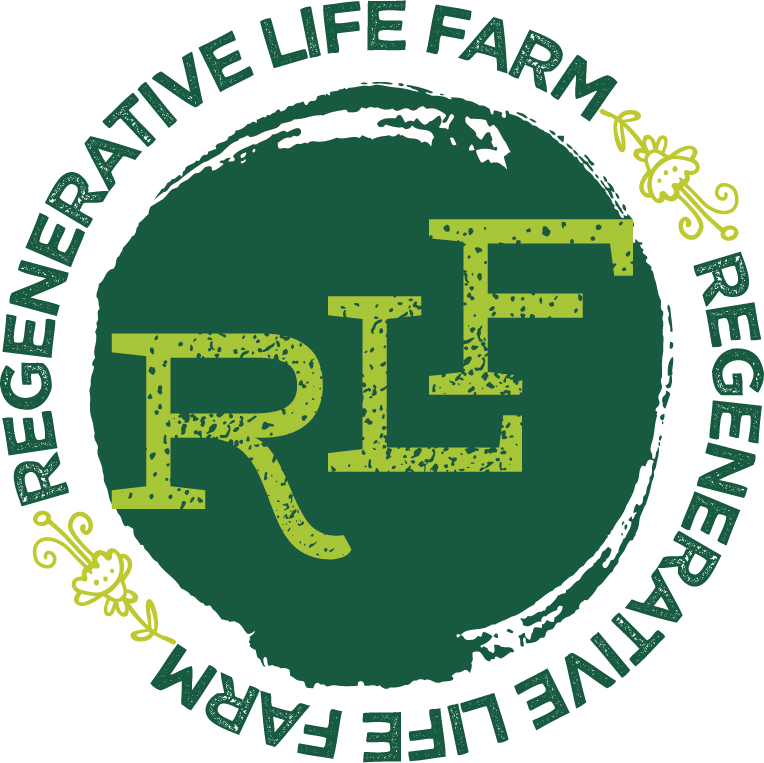Wood Wide Web
This was published in the September 23, 2021 edition of The Fish Wrap.
Darwin’s Theory of Evolution tells the story of survival of the fittest, that life is a competition where the winners get to pass along their genes to the next generation. We see this story play out from single-celled organisms to humans. But there’s another story playing out in nature, a story of cooperation and connection. We see this in anthills, beehives, forests and gardens. While our culture seems to be increasingly divided in fighting teams, perhaps we should look to nature for a better story.
The work of forest ecologist Suzanne Simard identified the ‘wood wide web’, a fungal web beneath a forest that trees use to support one another. She measured cooperation between birch and Douglas fir trees. The fir would supply extra carbon to the birch trees when they lost their leaves and the birches would pay them back when the firs were in shade. Trees shared sugar and other nutrients with trees with deficits during seasonal changes for greater health of all.
The cooperative story plays out all through nature, including in gardens. In a bed of vegetable plants, one plant is attacked by hungry aphids. Almost immediately, the plant sends out airborne hormones and messages through the myco-net to its community of plants in the bed: ‘Quick! Start producing compounds that repel aphids.’ That warning from one plant can save the rest of the community!
Our culture can feel like passengers fighting about the way the Titanic deck chairs are arranged while icebergs threatening our way of life loom. Competition between red and blue teams is a distraction. Our story of competition and winner take all is not sustainable. It doesn’t have to be so. What if we learn from nature and start living a story of cooperation and mutual aid. Maybe the story never ends!
